The Role of Reserve Bank of India in Controlling Inflation: Traditional or Beyond Monetary Measures?
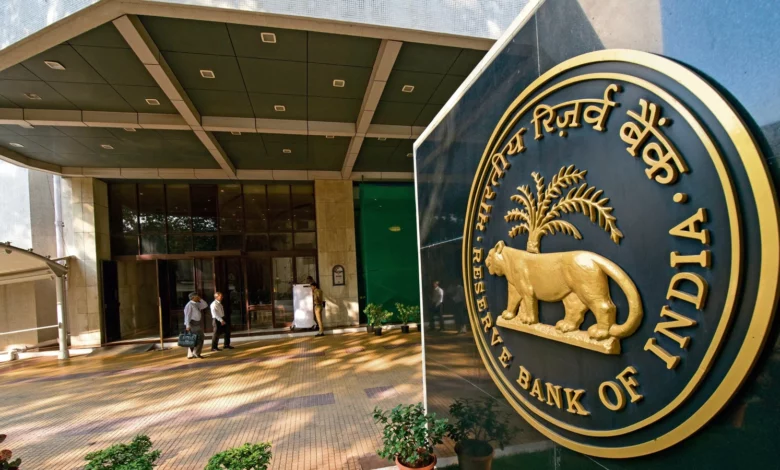
The Role of Reserve Bank of India in Controlling Inflation: Traditional or Beyond Monetary Measures?
Given the disparities between rich and poor in India, rising inflation is a major source of concern. The function of the Reserve Bank of India and the path forward will be the subject of this paper. Prices rise due to a surplus of money for the goods and services produced. The Reserve Bank of India has several responsibilities, one of which is “Price Control.”
The Reserve Bank of India controls inflation through monetary policies, including raising bank rates, repo rates, cash reserve ratios, dollar purchases, and managing money supply and credit availability. These actions diminish the money supply in the market, lowering demand and, as a result, reducing prices. However, the inefficiency of these technologies is stifling growth and investment patterns.
Is it possible to manage inflation just through monetary measures? Rather than focusing solely on the demand side, it is vital to enhance the supply side. Though challenging, the Reserve Bank of India can impose certain regulations to direct funding toward infrastructure improvements rather than artificially lowering demand.
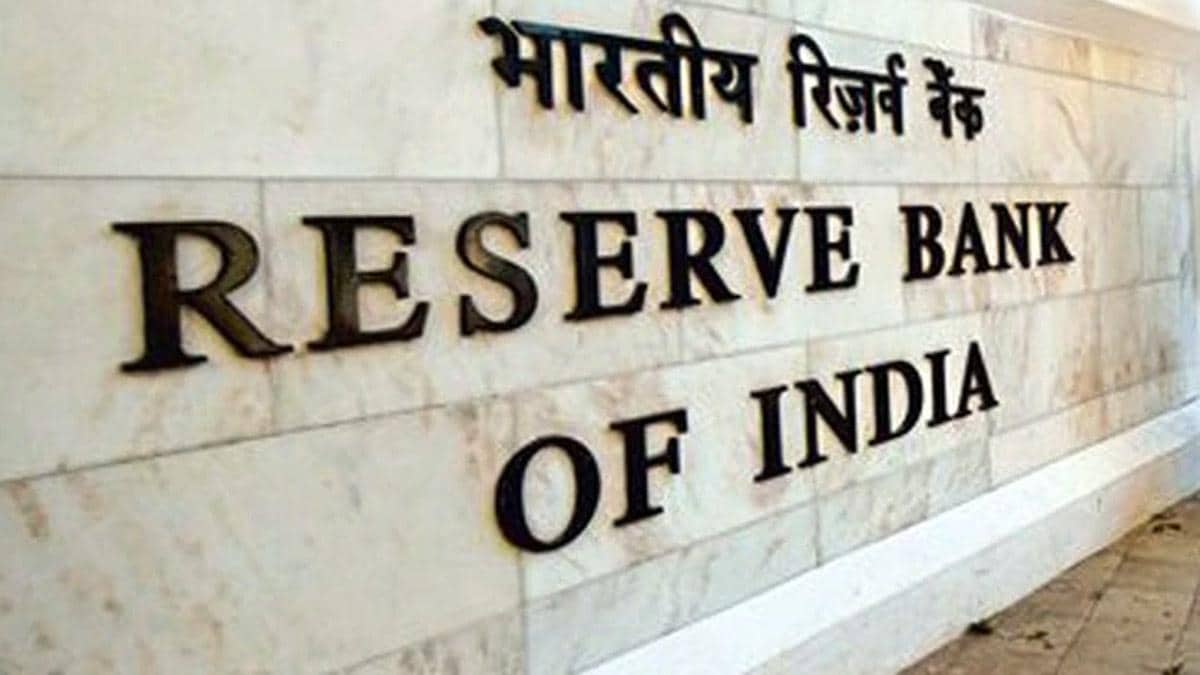
INTRODUCTION
India’s rural population accounts for more than 60% of the population. As a result, the rise in the price of essential commodities directly impacts the poor and middle classes. When prices rise, or the value of money falls, certain groups benefit, while others suffer losses. To stabilise prices and minimise inflationary impacts that directly affect both producers and consumers, it is necessary to understand inflation, its sources, effects, and ways for dealing with it.
The Reserve Bank of India (RBI) has implemented several monetary policies to control such financial crises. Furthermore, the usefulness of these instruments in combating inflation is explored and what other measures could be used to supplement monetary policy to achieve its purpose.
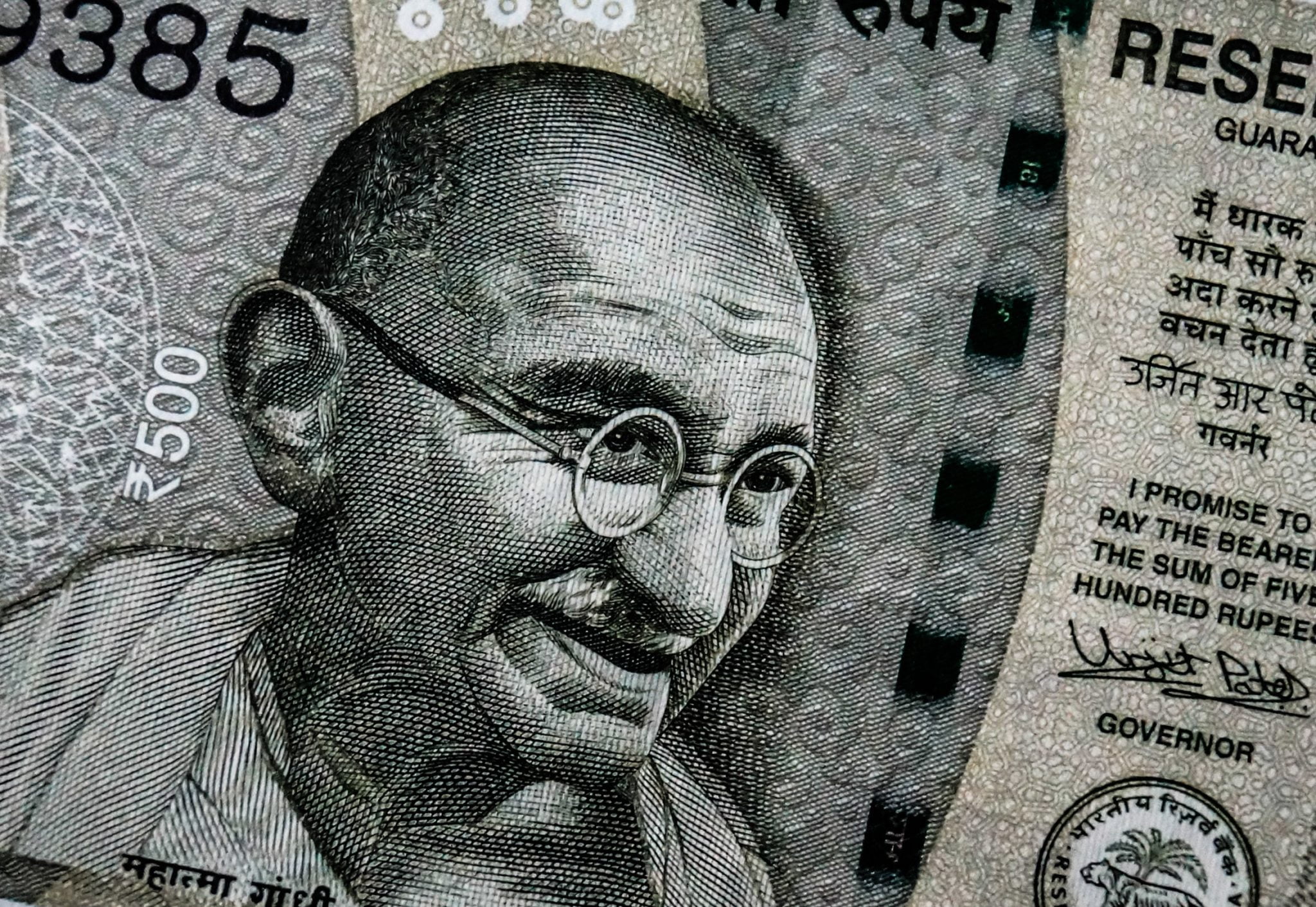
THE RESERVE BANK OF INDIA
The Reserve Bank of India, sometimes known as the Banker’s Bank or the Lender of Last Resort, is India’s central banking institution, in charge of the country’s monetary policy and financial sector. The Reserve Bank of India (RBI) was created on April 1, 1935, by the British Council under the Reserve Bank of India Act, 1934.
The Reserve Bank of India’s main branch was initially located in Calcutta, but in 1937 it was relocated to Mumbai. Following India’s independence in 1949, the Reserve Bank of India (RBI) was nationalised, and it is currently entirely controlled by the Indian government.
The RBI’s goals are outlined in the Preamble as “…to regulate the issue of Bank Notes and the holding of reserves to secure monetary stability in India and generally to administer the country’s currency and credit system to its advantage.” India has one of the world’s largest constitutions, and maintaining and stabilising the financial sector while maintaining social fairness is extremely tough. As a result, the RBI’s functions are difficult to comprehend and use in the actual world.
RBI’S FUNCTIONS
As a Banker’s Banker and Lender of Last Resort, the RBI serves as a bulwark for the country’s financial system. The Central Bank of India is responsible for Promotional and Development efforts in addition to its conventional tasks. The central bank’s mission and functions are critical for economic progress and stability in any growing country.
RBI is responsible for various tasks, including banking system regulation and government debt management. Price stability, credit control, currency issuance, management of the Foreign Reserves, and money supply management in the financial sector is only a few of them. The RBI regulates commercial and public banks and encourages banking in the country’s rural areas. The RBI’s Monetary Policy manages India’s entire financial system. As a result, the RBI’s involvement in the development and stability of the Indian financial system is critical.
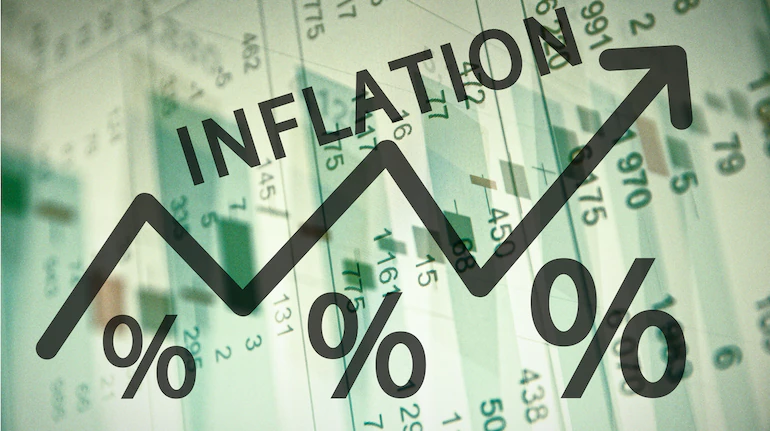
INFLATION
Inflation is commonly misunderstood as just “price increases.” There may be transitory price changes due to temporary events such as a sudden bumper or unexpected failure in output in particular areas such as agriculture. These price changes should not be interpreted as inflation or deflation but rather as market occurrences of supply fluctuations. Inflation is a complicated economic notion that is even more difficult to manage.
“[Inflation] has nothing to do with these increases in relative pricing (though inflation may be accompanied by it) of goods and services,” says Kaushik Basu, the Ministry of Finance’s Chief Economic Advisor. Temporary price adjustments may occur due to temporary occurrences such as a sudden bumper crop or an unexpected loss in output in specific industries such as agriculture.
These price movements should not be viewed as inflation or deflation but as supply fluctuations in the market. Inflation is a problematic economic concept to understand and even more challenging to manage.
“These rises in relative pricing (albeit inflation may be accompanied by it) of goods and services have nothing to do with inflation,” says Kaushik Basu, the Ministry of Finance’s Chief Economic Advisor. These restraints contribute to inflation becoming one of the most difficult problems to deal with, making it the emperor of economic ills.
CAUSES
Demand is said to be one of the key elements contributing to inflation. Demand-pull inflation occurs when the market’s supply cannot keep up with the demand. Many variables can cause demand to rise, such as an increase in money supply and/or a large amount of government spending, leading to more disposable income. The supply flow has also been disrupted by increased rural income and a shift in consumption patterns.
With export-oriented policies and large investments, the private sector generates employment and high income. Government programmes such as deficit financing, which is used to reduce public debt, and Cheap Monetary Policy, which is used to expand credit, increase the money supply. These variables cause an economy’s total money supply to increase, resulting in inflation.
EFFECTS
Inflation causes an unjustifiable transfer of wealth from the poor to the rich: the poor and middle class suffer from the fixed nature of their income even as prices rise, whilst industrialists, traders, and businesses benefit greatly from their variable revenue.
Inflation has a number of negative consequences, including a loss of purchasing power and a decrease in the real value of money. It also creates risk and uncertainty, particularly regarding money’s future purchasing power, discouraging saves and investments. Due to fictitious inflated incomes, taxpayers are forced to pay higher income tax rates.
As inflation grows, speculation money rises with it, increasing hoarding and black-market trading. The economy becomes stuck in a wage-price spiral, in which one is both the source and the result of the other. Consistently high inflation disrupts investment patterns, which negatively impacts the economy.
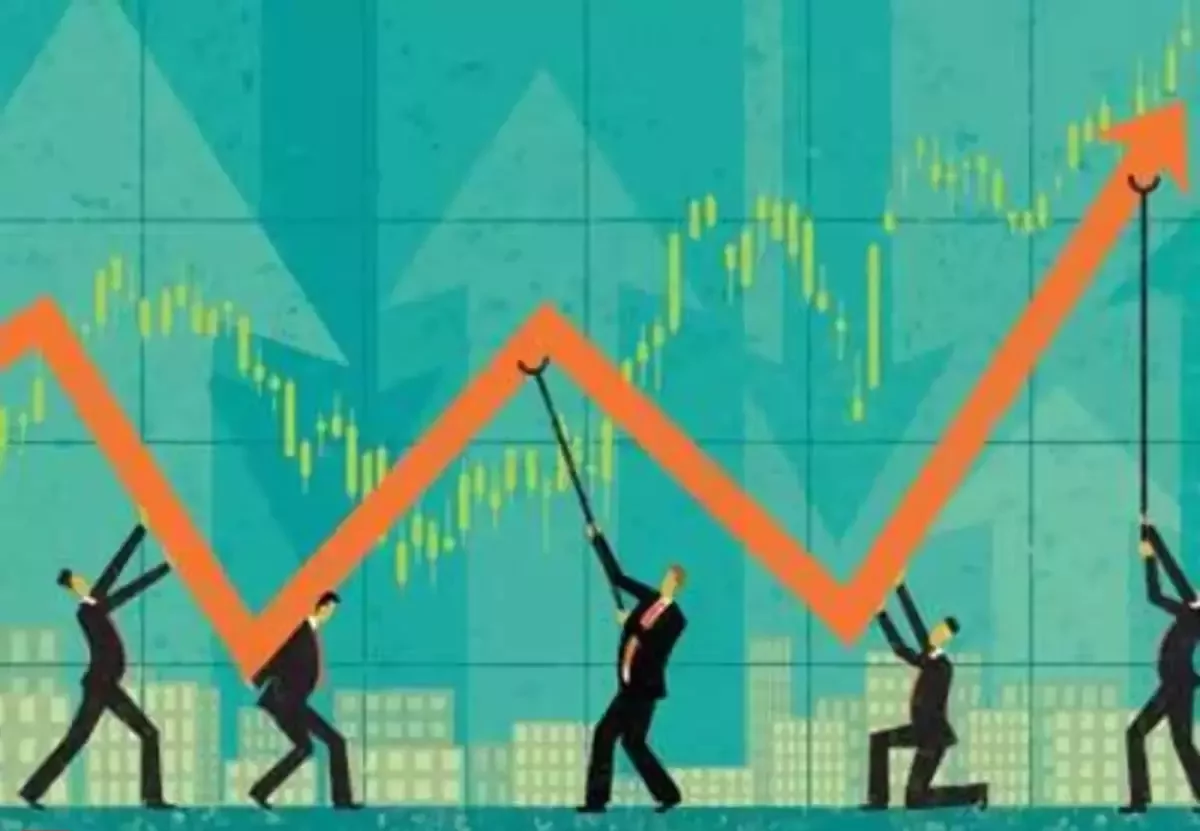
THE ROLE OF THE RBI IN INFLATION CONTROL
The RBI has implemented policies that reduce or increase specific rates to keep inflation under control. As a result, it’s critical to comprehend these rates and how they affect inflation.
1. Interest rate
(a) Repo Rate- The repo rate (Repurchase or Repossession) is when the RBI purchases government securities from commercial banks under a repossession arrangement. It is a short-term borrowing from the central bank secured by securities to inject money to bridge the gap between money demand (loans) and bank deposits.
(b) Reverse Repo rate- The rate at which the RBI borrows money from commercial banks is known as the reverse repo rate. When banks have no profitable alternative choice for investing short-term excess liquidity or when the market is uncertain for an extended period of time, they deposit money in the RBI.
(c) Bank Rate- The bank rate is the rate at which the RBI authorises domestic banks to borrow money. It is usually only for a brief time. Unlike a repo rate, there are no securities to be held against the finance.
Increases in these interest rates suggest that the RBI is making it more expensive for commercial banks to borrow money (in the case of the reverse repo rate, it’s more profitable to hold deposits in the RBI), restricting the amount of money that can be injected into the market. The RBI does this to reduce market liquidity.
2. Reserve Ratios
(a) Cash Reserve Ratio- To maintain the safety and liquidity of deposits, banks must hold a portion of deposit obligations in the form of liquid cash, or CRR, with the RBI.
(b) Statutory Liquidity Ratio– Every bank in India must keep a certain percentage of its net demand and time deposits in cash, gold, precious and semiprecious stones as liquid assets.
When reserve ratios rise, the total amount of deposits held by commercial banks that can be used to make commercial loans falls, reducing the banks’ loan-granting capacity. The RBI uses this instrument to restrict credit in the market.
3. Open Market Operations
The RBI can buy or sell government securities from or to the general public. The RBI sells securities in the money market to keep inflation under control, sucking excess liquidity out of the market. Demand falls when the amount of liquid cash available declines. The open market operation is the name of this aspect of monetary policy.
4. Selective Credit Control
The Banking Regulation Act gives the RBI the authority to selectively limit the amount and pattern of advances made by banks. The RBI has been operating selective credit control to contain inflation of goods short in supply or sensitive goods like food grains, vegetables, pulses, oilseeds, cotton, sugar, gur, Khansari, etc., of mass consumption. As a result, the selective credit control policy aims to dissuade banks from making advances against certain vital items.
The Reserve Bank of India (RBI) utilises monetary policy to fight inflation. It has been tightening it consistently over the past fiscal year (one of its kind in the history of the Indian Financial System). According to surveys (from the RBI), monetary measures have effectively combated inflation.
LIMITATIONS OF MONETARY MEASURES
The RBI’s monetary instruments are effective, but only to a certain extent.
Inflation is still out of control, despite the interest rate hikes. Even if the inflation rate has decreased, it is still greater than the desired inflation rate. This is due to several factors. For starters, India has a low level of financial inclusion. Unlike Americans, Indians save before consuming and do not rely on credit. Also, due to a lack of understanding and awareness about banks, many prefer to speculate by buying gold, real estate, or liquid cash rather than depositing money with the bank.
Furthermore, corporations encourage foreign investments, which are far more advantageous. The credit-control policy’s success is hampered as a result of this.
Second, the RBI’s credit tightening policy has attracted foreign investment, combined with the disruption of commercial activities. The Indian rupee appreciates sharply due to the many foreign funds in the country. This provides international investors with a return on their investment and benefits from the rising currency rate. The Reserve Bank of India (RBI) buys foreign money to devalue the Indian rupee, causing the latter to appreciate. Imports rise due to cheap foreign money, wreaking havoc on home companies.
Finally, the stock market is highly volatile due to the frequent interest rate hikes. This deters people from participating in the risky stock market, preferring to keep their money safe in banks as savings with guaranteed and attractive returns. This investor behaviour impedes investment activity in the economy, particularly in the infrastructure sector.
Fourth, high-interest rates cause the cost of money to grow in the case of cost-push inflation. As a result, the product’s total cost rises, paving up even more inflation.
Fifth, one of the causes of inflation, which is difficult to foresee and impossible to regulate, is globalisation. With the current global economic instability, particularly in the United States and the Eurozone, RBI should not rely solely on monetary instruments to control inflation.
Finally, inequality is a complex social outcome for both the source and effect of inflation. Those who cause price increases mostly have sufficient riches, either legal or illicit. They are not necessarily the hardest hurt because they have access to foreign credits. People who are already poor, vulnerable, and work in unstructured industries are the ones who are most affected by price increases. One of the monetary policy’s welfare goals, bridging the gap between rich and poor, gets nipped in the bud.
Furthermore, records reveal that personal and consumer loans increased despite the high cost of money, wreaking havoc on agriculture and ancillary industries. The strategy isn’t even close to reaching its goal, but the consequences are considerably worse.
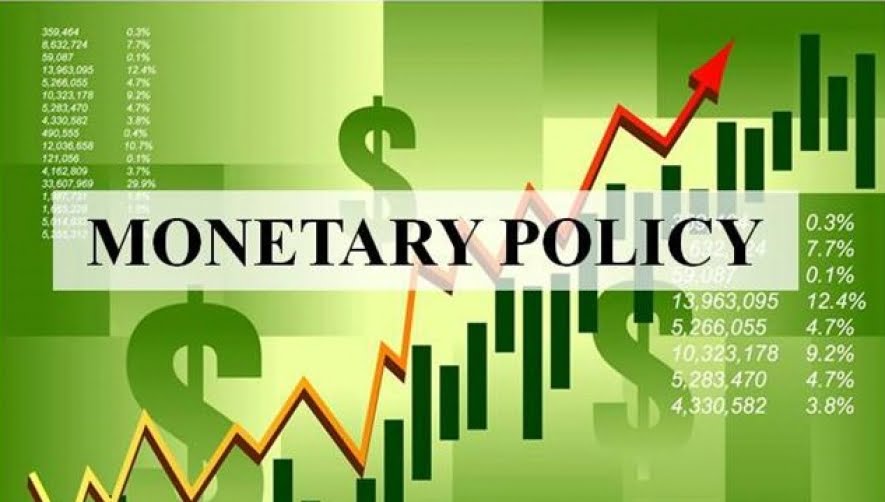
BEYOND MONETARY POLICY
The RBI has been consistently working on policy formulation and implementation, and its decisions to combat inflation have proven to be beneficial. The RBI’s monetary policies are unquestionably necessary to combat consistently growing inflation. However, the productivity of these systems is limited. Even while they effectively cut consumer loans in the short term, prices continue to climb in the long run.
The argument is not whether monetary policies are necessary to control inflation but if these measures are sufficient to address the current state of Indian bazaars and homes. Let’s look at other options for effectively dealing with the price rise situation.
Firstly, the RBI must take immediate action to release money at a reasonable interest rate to promote a favourable climate for investment and economic growth in any economy. It is unacceptable to try to control inflation at the expense of growth and development goals.
Second, shifting finances from outside sources, such as foreign investment and external commercial borrowing, would be a critical step. There is no such thing as a dead industry or sector in an economy. The RBI can send these monies, either indirectly or directly, to the most vulnerable and underdeveloped sectors, such as agriculture and SMEs. Such measures would make it easier for farmers and small-medium companies to obtain financing, whether through loans or investments, even with high-interest rates and CRR. This would assist in strengthening the supply side to satisfy increased demand.
Thirdly, the RBI’s policy of rerouting funds may help the government focus on the infrastructure sector, which is the backbone of the economy. Pumping supply necessitates the development of necessary infrastructure.
Fourth, RBI and the government can work together to promote policies that support public-private partnerships in key industries and projects. Private-public partnerships have shown to be far more successful than the government controlling specific areas.
Fifth, the RBI may implement the latest Inflation Targeting Policy, which requires the RBI to analyse the present inflation rate and then use various monetary tools to push it closer to the targeted rate. Many countries have tested this policy, including Brazil, Australia, and South Africa.
Finally, economists’ experience has shown that the actual rate is higher, whatever the expected inflation rate is.
People eat more at that time due to the projection, causing the actual rate to grow. It can be seen that the RBI can predict a rate that is lower than expected, ensuring that the actual rate does not cross the predicted rate, with people’s reactions being the only reason for this. The Central and State Governments can play a more active role in helping to control inflation by enacting new policies or changing existing ones.
To begin with, the government’s recommended fiscal policy should attempt to reduce the fiscal deficit, resulting in less external borrowing and debt. This and a cut in non-development spending would be a significant step toward generating a budget surplus. This should be done so that resource allocation and successful implementation of government programmes enhance the supply side. Second, the supply chain must be effectively and efficiently managed to reduce commodity wastage caused by insufficient transportation and storage facilities, particularly in the case of perishable items.
CONCLUSION
Many economists believe that a certain level of inflation is necessary for economic growth. Only once the inflation rate reaches a certain level does there exist an inflation-growth trade-off. The task at hand is to meet his minimal necessary rate. The RBI currently focuses solely on the demand side, attempting to limit demand to control inflation. To keep inflation under control, there needs to be a balance of attention on both the demand and supply sides and appropriate monetary and fiscal policies.
The traditional strategy of artificially forcing demand down by raising the policy rate (repo and reverse repo) is not the solution. It is commonly acknowledged that controlling an economic phenomenon such as inflation is no easy task, especially in such a large, diverse, and complicated economy. The RBI, on the other hand, may be able to build a comprehensive approach to stabilising the minimum necessary rate of inflation by combining traditional procedures with additional premium options.




